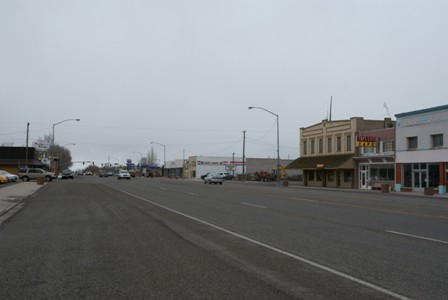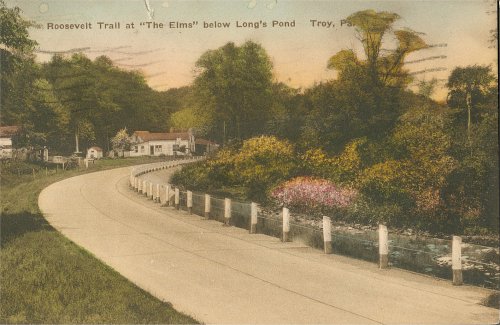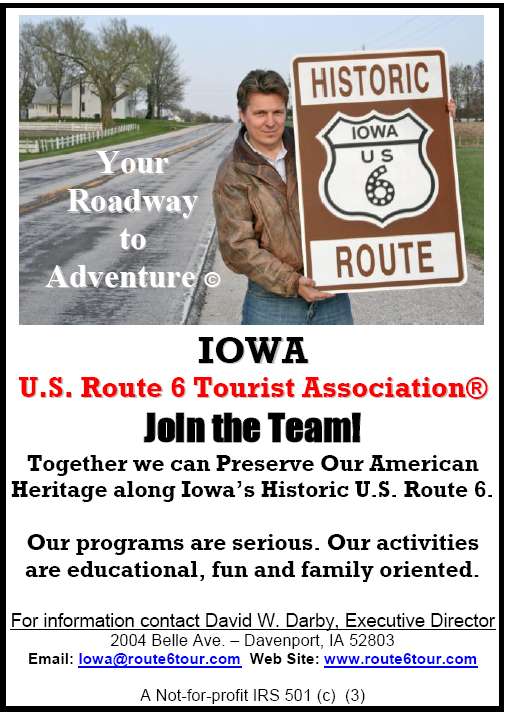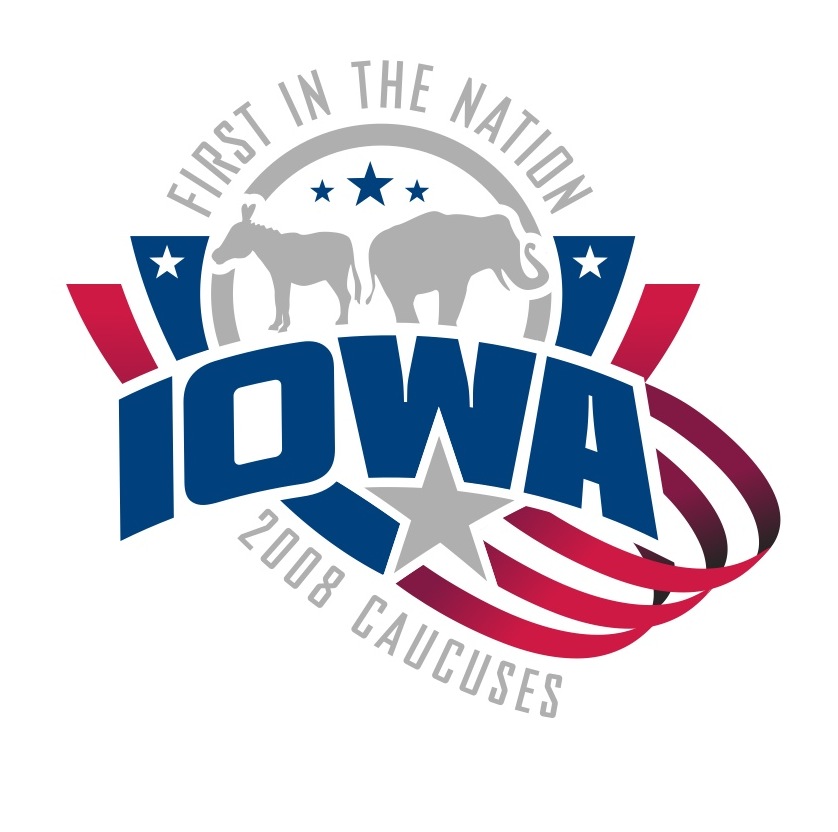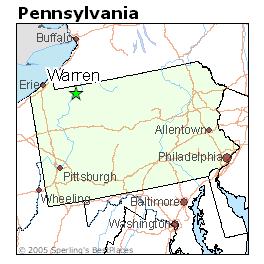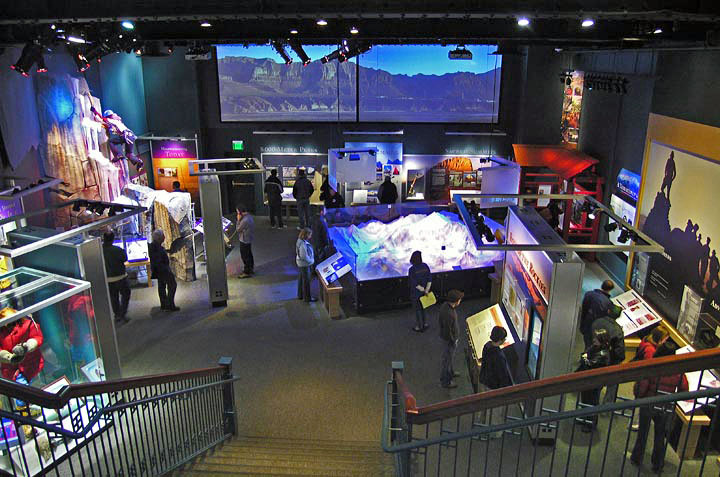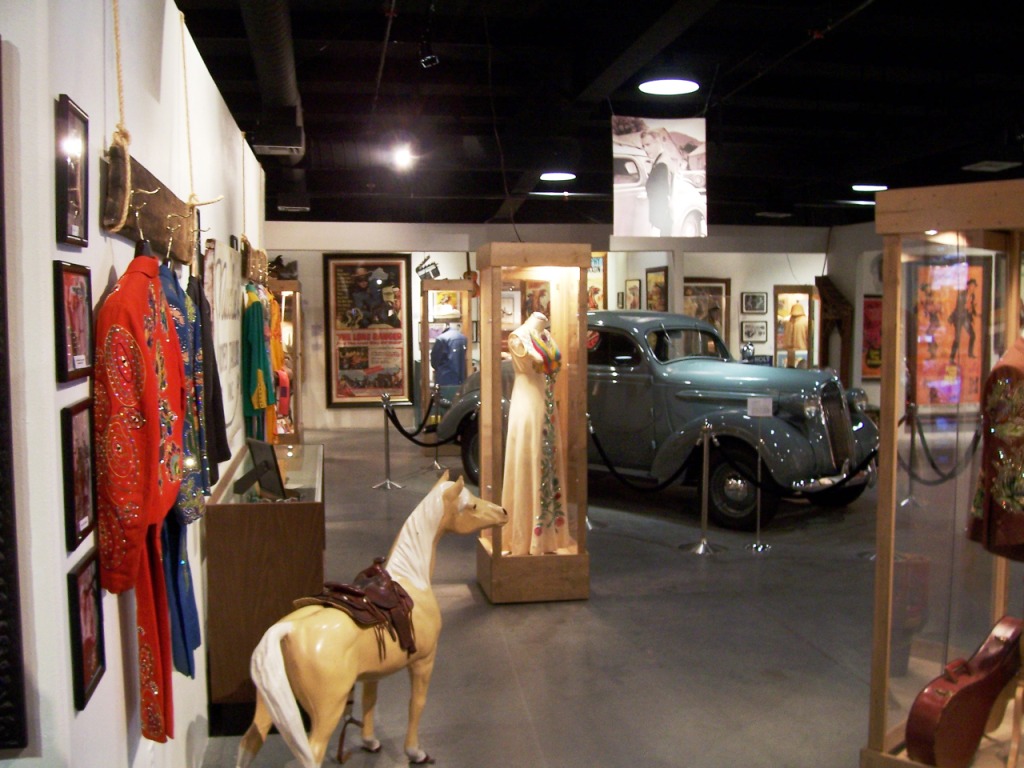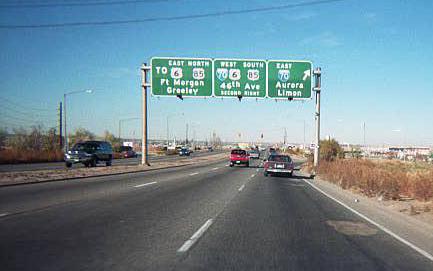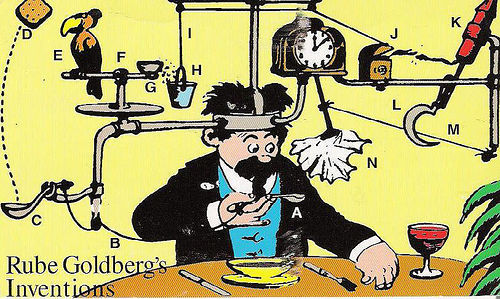
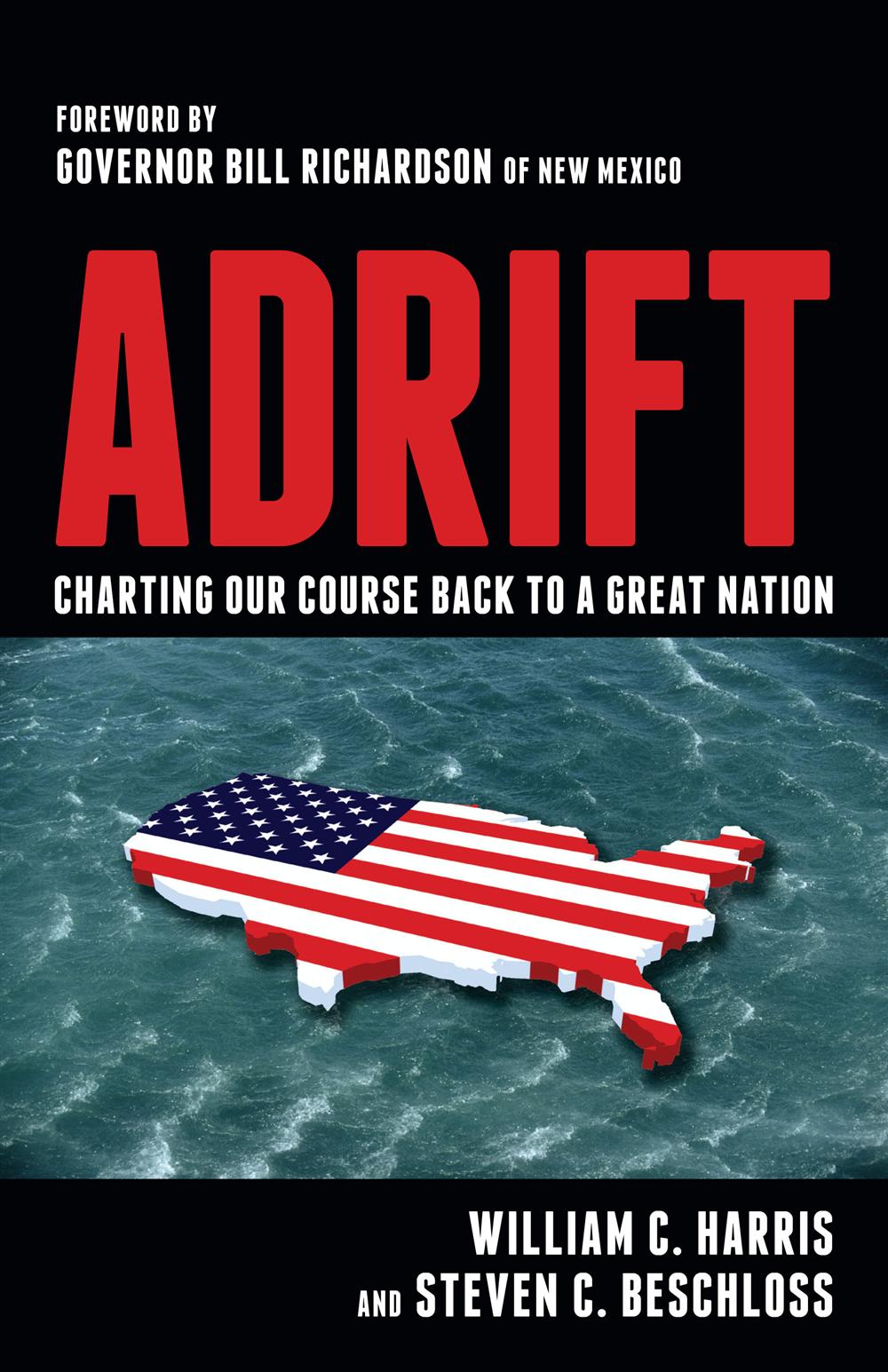 I was sitting at a luncheon table with award-winning author/filmmaker, Steven Beschloss this afternoon at the ASJA (American Society of Journalists and Authors) conference in New York City earlier today. We were discussing our various writing projects. His - a new book; Adrift - Charting our Course Back to a Great Nation, is coming out in July. Mine, of course, is my Route 6 trip and this blog. I mentioned that I was basically UN-political, pointing to my very purple shirt with pride. "I'll be driving through blue states and red states and this is the blended color I hope to see," I laughed. Steven grinned and quipped - "You're creating a mythology around Route 6, the same as has been done with Route 66."
I was sitting at a luncheon table with award-winning author/filmmaker, Steven Beschloss this afternoon at the ASJA (American Society of Journalists and Authors) conference in New York City earlier today. We were discussing our various writing projects. His - a new book; Adrift - Charting our Course Back to a Great Nation, is coming out in July. Mine, of course, is my Route 6 trip and this blog. I mentioned that I was basically UN-political, pointing to my very purple shirt with pride. "I'll be driving through blue states and red states and this is the blended color I hope to see," I laughed. Steven grinned and quipped - "You're creating a mythology around Route 6, the same as has been done with Route 66."That's an interesting take on my humble project. As I see it, I'm just driving along one long road and writing about what I see, what I eat, who I meet and where I sleep. If a mythology creeps up around it, that's for others to interpret. I'll be cruising along US Route 6, but, with all contacts I've established along the way, I certainly won't be adrift.


